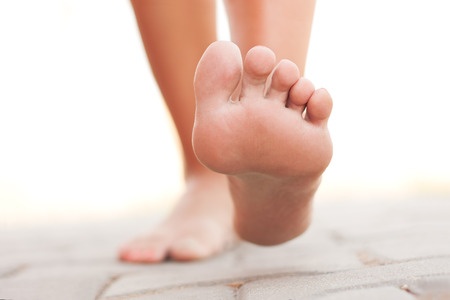
When you travel to a tropical country on vacation it is usually a very enjoyable experience. The beach is warm and inviting, the water is clear, and the scenery is absolutely beautiful. You might consider kicking off your sandals or water shoes to sink your feet into the landscape and really revel in its warmth and beauty. Before you go completely barefoot all around a tropical island or anywhere with volcanic red clay soils, consider the very real possibility of contracting mossy foot disease.
Podoconiosis, or mossy foot disease, is known to cause severe swelling of the feet and legs. It can also cause a person a tremendous amount of pain. The condition can be so severe that it permanently deforms the affected foot. For the most part, it affects farmers in areas that have volcanic soils. These farmers tend to walk on the soils barefoot and have a genetic predisposition to the disease. If you wear shoes while in this environment, you are more likely to prevent the disease.
Symptoms
- Itching
- Tingling
- Widening of the forefoot
- Swelling
- Formation of Nodules
- The look of moss growing on the foot
In general, this disease is found in third world countries. If people travel to a country who is known to have this disease and walk barefoot in the suspected soils, they may also contract it. Many podiatrists are stationed in these areas and are actively looking for clues as to its exact origin because not everyone will become infected with the disease even if they work in the same conditions for the same amount of time.
Treatment
Proper foot hygiene is key to preventing mossy foot disease. Washing your feet with soap, water or antiseptic can help prevent the disease from manifesting or spreading.
Moisturizing the skin regularly has proven beneficial in communities that suffer from this condition. The use of antifungal medications between the toes has also had positive effects with prevention.
Elevating the feet usually helps with swelling as does using elastic bandages to bind and force swelling down.
The best treatment is to wear socks and shoes while stepping on these volcanic soils.
If you plan to visit a country that is known to have mossy foot disease, contact your podiatrist to discuss best practices for your trip. Call Syracuse Podiatry located in East Syracuse, New York. Dr. Ryan L. D’Amico and Dr. Payel Ghosh will help you get educated on the dangers of mossy foot disease. Call 315-446-3668or make an appointment online today.
